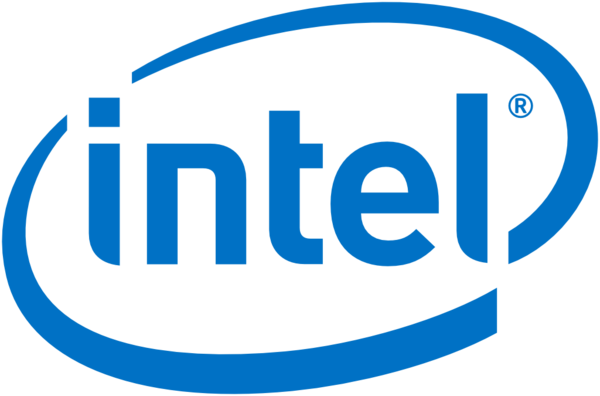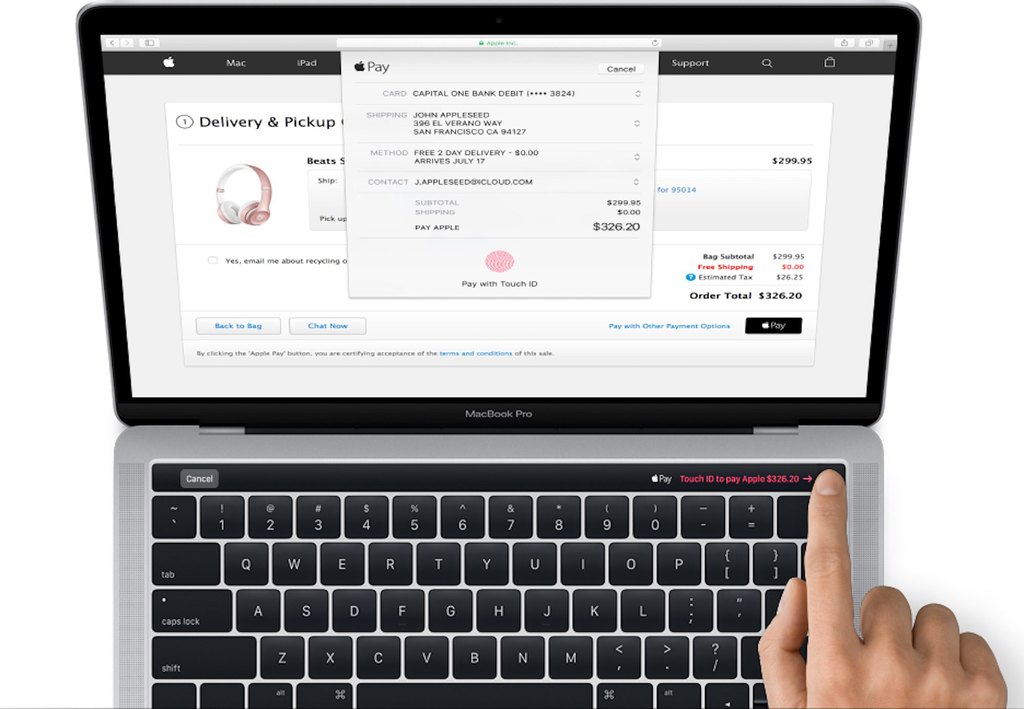Perhaps one of the biggest difficulties in setting up a Linux system for desktop/home use is the fragmentation of the ecosystem, with many different options claiming to get you from point a to somewhere in the vicinity of point b, each with their subtle differences (and at least a few “gotchas” along the way). An easy example: in 2020, you’d think there would be an easy answer to getting a trackpad/touchpad up and running with support for multi-touch gestures at least on par with the experience on Windows and macOS – after all, it’s been 12 years since Apple made multi-touch popular with 2008 MacBook Air.
Category Archives: Hardware
Will AMD’s Ryzen finally bring SHA extensions to Intel’s CPUs?
 If you have any skin invested in the high-performance computing game, you’ve almost certainly heard of the likes of MMX and SSE, the original “extensions” to the x86 assembly instruction set that provided task-specific performance-optimized instructions that let developers take advantage of specific hardware extensions to quickly perform tasks that previously required extra steps in software to compute. If you haven’t, here’s a quick briefer.
If you have any skin invested in the high-performance computing game, you’ve almost certainly heard of the likes of MMX and SSE, the original “extensions” to the x86 assembly instruction set that provided task-specific performance-optimized instructions that let developers take advantage of specific hardware extensions to quickly perform tasks that previously required extra steps in software to compute. If you haven’t, here’s a quick briefer.
The “basic” instructions supported by PCs are known as the “x86 assembly language” and is the lowest level of code available for writing software that runs on a “regular PC,” originally developed by Intel and adopted by other players in the CPU game (including AMD and the now-defunct Via CPUs). All PCs from the original Intel 8086 way back in 1978 to modern, multi-core behemoths support this language, and code written in or compiled for x86 can (in theory) run on any machine from 1978 onwards.
Dell XPS 15 vs Precision 5520
 Dell has two top-of-the-line laptops that are currently competing for king-of-the-hill status — quite the odd choice from a marketing perspective, no doubt — but how do the two compare? We take a look at both the XPS 15 (9560) and the Precision 5520 and see how they stack up against one-another.
Dell has two top-of-the-line laptops that are currently competing for king-of-the-hill status — quite the odd choice from a marketing perspective, no doubt — but how do the two compare? We take a look at both the XPS 15 (9560) and the Precision 5520 and see how they stack up against one-another.
The 2017 XPS 15 9560 and the 2017 Precision 5520 are both “flagship” laptops out of Dell’s prosumer and business divisions respectively, and while they share a chassis and similar specs, they aren’t exactly two faces of the same coin. While on the entry level both can be similarly configured, the XPS 15 comes in one of seven different configurations (or eight if outside the USA), while the Precision 5520 can be hand-customized in any of a dozen+ configurations depending on your (small business) needs. The real difference between the two comes into stark visibility when comparing the top-end options between the two lines, however.
Apple’s newest, best MacBook Pro still has only 16GB of RAM
 Apple is famous for making awesome hardware. Or at least, they were. Today, it seems that Apple is officially trying to become famous for making hardware you can’t change, in configurations you don’t want, with year(s)-old tech you don’t need. Case in point: the newest, latest, and “greatest” MacBook Pro, available now for pre-order online.
Apple is famous for making awesome hardware. Or at least, they were. Today, it seems that Apple is officially trying to become famous for making hardware you can’t change, in configurations you don’t want, with year(s)-old tech you don’t need. Case in point: the newest, latest, and “greatest” MacBook Pro, available now for pre-order online.
Unlike previous generations where users had some semblance of control over what parts their customized Macs shipped with, the new MBPs don’t really give the users much choice. The top-of-the-line 15″ MBP has only two CPU options available, the 2.7GHz Intel i7 6820HQ and the 2.9GHz i7 6920HQ. Despite being CPUs that were released almost a year-and-a-half ago, they are still much-needed upgrades from the previous, decrepit processors that were powering the MacBook Pros available for sale yesterday.
